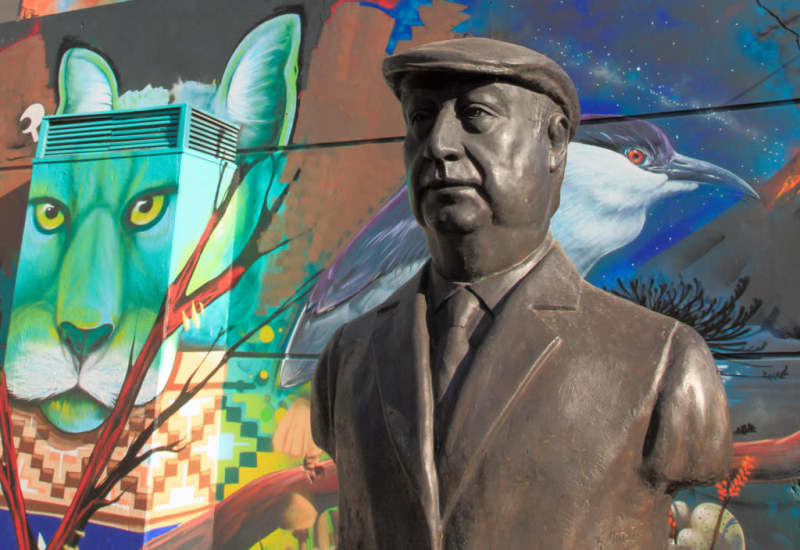
According to a new study, signs of a strong nerve agent have been found in Neruda’s tooth. However, the certainty of the cause of death still requires further analyses, for which the researchers hope to get permission from a Chilean judge.
Traces of *Clostridium botulinum* bacteria have been found in Neruda’s tooth. The botulinum it produces is a very powerful nerve agent, which has been used, among other things, as a biological weapon.
After Allende’s death, Neruda planned to escape to Mexico, but the day before he was to leave, he was admitted to the hospital and died there, according to his death certificate, of prostate cancer, which had been diagnosed four years earlier.
Researchers from the Canadian McMaster University and the University of Copenhagen already stated in their previous report in 2017 that the cause of death was not correct.
So they continued to find out the real cause by looking for signs of toxins and especially *C. botulinum* from bones and teeth taken from Neruda’s body after his tomb was opened.
Based on the analyses, Neruda’s molar had traces of *C. from the botulinum* gene pool. The results have now been presented for consideration by a Chilean court judge.

According to him, the bacteria could also have gotten into Neruda’s remains from the soil after his death. The researchers also want to rule out the possibility that the piece of DNA left behind in their ghost is from a *C. botulinum* strain, which does not produce toxin.
On the other hand, soil samples taken from around the body contained only very small amounts of *C. botulinum* and the strains found were different from those in Neruda’s tooth, Poinar says.
An international team of researchers said ten years ago that no signs of poisoning had been found. The analyzes had looked for signs of about two thousand chemical substances, including arsenic.
However, the investigation of the cause of death was not left to that, the judge gave another team of investigators the task of looking for possible signs of biological poisons. After the findings of the now released report, investigators hope that the judge will allow the investigations to continue.
The highly developed research methods provide opportunities that were not even discussed during the first analyzes seven years ago, says Poinar in the Nature magazine.
The researchers have challenges, however, because they only have the genome to analyze and the sample is badly corroded. So far, only a third of the bacterium’s DNA has been assembled.
*The poet Pablo Neruda became a successful writer and diplomat at a young age. However, life did not always go as well as writing poems. What kind of man can be found behind the hero myth and the books?*
